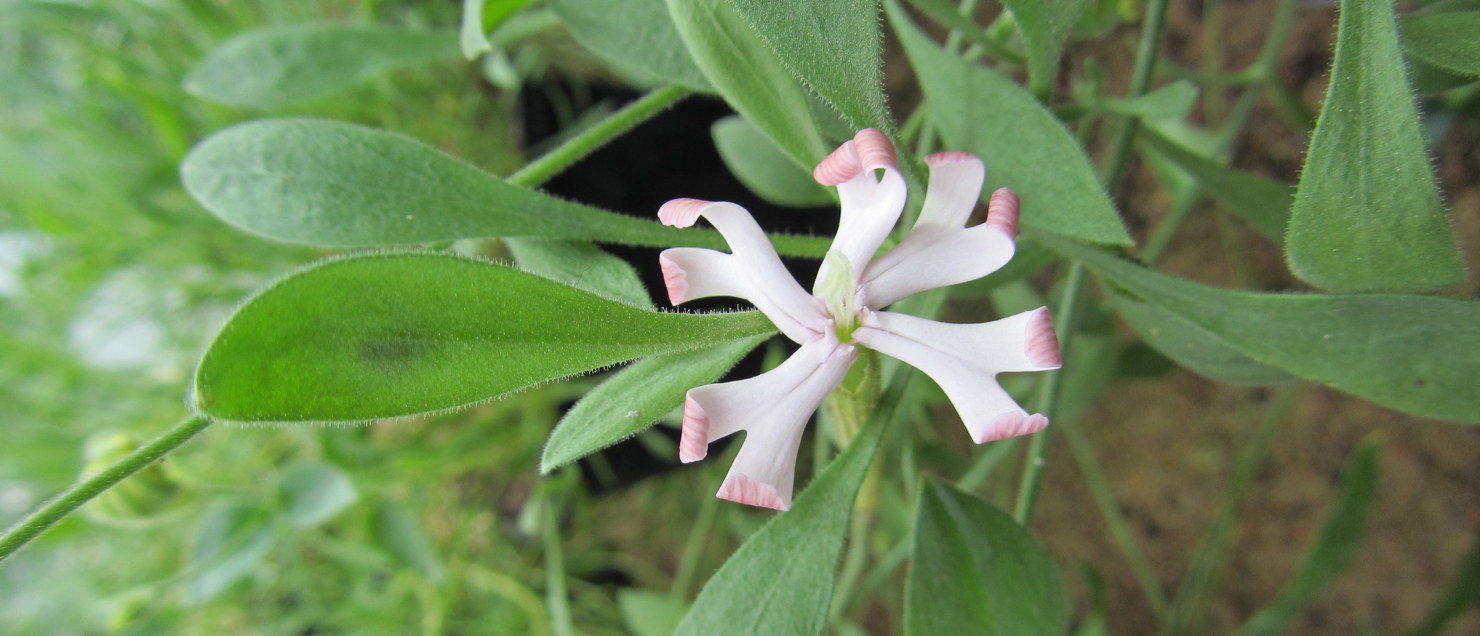Secrets of the genus Silene

How and why has the diversity of species evolved? And what in fact constitutes a species? These are questions that Bengt Oxelman wants to answer. He is a Professor at the Department of Biological and Environmental Sciences at the University of Gothenburg. With the help of DNA studies, he is describing the genus Silene from the Pink family (Caryophyllaceae).
Up until now, researchers have investigated small sections of the species' DNA (germ plasm) to try to understand how different species are related to each other and how they have evolved. Exciting new technology has now made it possible to obtain exhaustive information about the genes of plants.
"Technological development offers enormous possibilities for new discoveries", declares Bengt Oxelman. "Distinguishing between different species is often difficult, for example, and how the concept of species should be defined is unclear. With the new technology, however, it's possible to test the borderlines between species in a completely new way."
Bengt Oxelman's goal is to gather knowledge about and describe all the species in the genus Silene. He is also developing a database to collect all this knowledge and thereby make it easily accessible. Besides this, he is very interested in how species are defined and is very keen to develop a simple method for distinguishing different species from each other:
"There are about 700-800 species in the genus Silene, and thus a lot to be investigated", he states. One group in the genus has especially interested scientists since they are unisexual and have sex chromosomes. Otherwise, most plants are bisexual, that is, the same flower has both stamens (male organs) and a pistil (female organ)".
Another research project concerns the collaboration between plants, pollinators and parasites. Many species in the genus Silene flower at night and smell very nice so as to attract moths that can pollinate the flower.
"Strangely enough, a moth like that is at the same time a parasite since the moth's larvae eat the flower's fruit", Bengt Oxelman tells us.
Most often, just a tiny bit of a dried plant is sufficient for studying its DNA. Bengt Oxelman often uses the herbarium at the Department of Biological and Environmental Sciences at the University of Gothenburg. Here among other things are some extremely valuable specimens gathered in Afghanistan and Iran by Per Wendelbo, Botaniska's former Director (1965-1981), during his travels.
Living plant materials are necessary for some studies. Therefore the Botanical Garden is helping Bengt Oxelman to cultivate several species of Silene in the greenhouses. Among others, some seeds gathered recently in Iran by colleagues are being cultivated. Bengt Oxelman is going to investigate the germ plasm from these little-known species.
Bengt Oxelman speaks enthusiastically about the importance of systematics and a broad knowledge of the plant kingdom:
"We don't know in advance which knowledge is going to turn out to be extra valuable", he says. He thinks that the most exciting aspect of doing research is to focus totally on one group of species, and study the plants while contemplating their history.
Facts about Systematics
Systematics deals with understanding how species and groups of species have evolved through time and how they are related to each other. Taxonomy is the part of systematics that describes organisms, organises them into classification systems and gives them scientific names.






